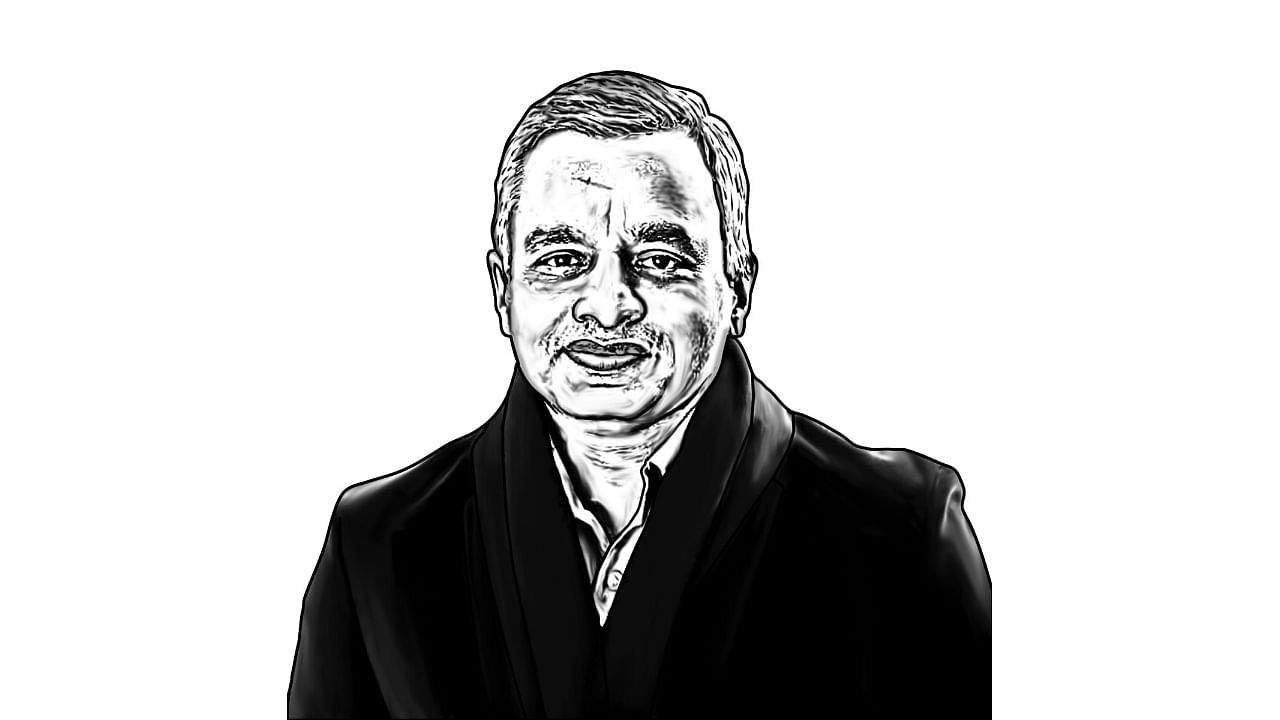
A meeting of the Working Mechanism for Consultation & Coordination on India-China Border Affairs (WMCC) was held on Wednesday. Now that the pandemic is out of the way, it was a physical meeting in Beijing. However, the two sides could not agree on a joint statement. Their separate statements confirmed that there will be another round of talks at the level of Corps Commanders in Ladakh.
The Chinese statement claimed that the two sides “affirmed the achievements made in the disengagement of border troops of the two countries at four locations, including the Galwan Valley, and exchanged in-depth views on the next-phase consultation”. The Indian statement said that they “discussed proposals for disengagement in the remaining areas in an open and constructive manner”. They are talking past each other.
The five places where disengagement has taken place include Galwan Valley, Gogra, Kurang Nala, the north bank of Pangong lake, and the Kailash Range. The Indian side seeks disengagement in Depsang and Demchok, but the Chinese interlocutors have refused to discuss the issue. They have also blocked any talk of the next stage of disengagement, which is de-escalation. ‘Disengagement’ only distances troops away from an eyeball-to-eyeball confrontation while ‘de-escalation’ removes troops to their semi-permanent bases, away from the operational area. There is a third step of ‘de-induction’, of moving out additional troops brought into Ladakh, which neither side is mentioning.
While Beijing said that the two sides “agreed to make efforts in promoting border situation to the phase of normalised management and control,” New Delhi was speaking of creating “conditions for restoration of normalcy in bilateral relations”. It means that the Chinese side is unwilling to place the border issue as being central to bilateral relations. Beijing wants to return to “normalised management and control” of the LAC while New Delhi sees the resolution of the border crisis as a prerequisite for “normalcy in bilateral relations”.
When the border crisis began in early 2020, the Modi government initially insisted on the restoration of status quo ante (as of April 2020) as the only honourable resolution, but that demand was dispensed with within weeks. Ever since the two countries started having trouble on the border in the second half of the oughties, New Delhi has sought and created options with that aim in mind. That the Modi government has given up on that demand should be unpalatable to all realist observers of the Sino-India relationship. Such timidity rewards Chinese aggression, breaks down deterrence, and incentivises future belligerent action by Beijing on the disputed border, particularly in Arunachal Pradesh and against Bhutan.
What are India’s options? If India’s political and diplomatic leadership failed to get the Chinese to agree to honourable terms, the other arrow in the quiver was the military. The government should have asked the military to exercise tactical options of a tit-for-tat military operation, grabbing control of some territory on the Chinese side. Such plans have existed for decades, as this would allow the Indian side to negotiate with the Chinese interlocutors on an equal footing – a ‘give and take’ would then be possible in which no side lost anything. There is a risk of escalation in such a move, but it is balanced out by the tangible reward of a respectable resolution.
The Modi government was cowed down by the risk, which was made amply clear by External Affairs Minister S Jaishankar in a recent interview. “They are the bigger economy, what am I going to do? I am a smaller economy. Am I going to sort of pick up a fight with a bigger economy? It is not a question of reacting. It is a question of common sense…,” he said, exposing the fear-driven mindset of the political leadership. His honest admission placed in context the denial by PM Modi at an all-party conference, four days after the death of 20 Indian soldiers at Galwan, when he said, “neither has anyone intruded nor is anyone intruding into our territory”. This defensive mindset is reflected in the military deployment on the border, which the army chief has spoken of in recent weeks.
It is not just that China is a bigger economy than India. The 2023 Lowy Institute Power Index gives India a comprehensive power score — the capacity of a country to shape its external environment — of 36.3 out of 100; China’s score is nearly double, at 72.5. India’s overall score has declined every year since 2018, and the country exerts less influence in the region than expected given its available resources, as indicated by the country’s negative power gap score. On all eight counts of the index, including diplomatic influence, cultural influence, economic relationships and military capability, India badly trails China. That India is a smaller power compared to China is a fact, but what matters is how New Delhi acts.
By Jaishankar’s “common sense”, Ukraine should not have been able to stand up to Russia for the past one year. Or Vietnam ought not to have defeated the United States. Or India should have given in to American bullying and threats in 1971 during the Bangladesh War.
As Moscow has learnt, at great cost to itself, in Ukraine, a quick military victory is not a given for a bigger power. That lesson would have been absorbed in Beijing as well; it can’t just militarily walk over India. This should give India enough confidence to exercise coercive options against China, but the thinking of the Modi government betrays a lack of faith in the country’s armed forces and the resilience of the Indian people. India deserves better.
(From defusing IEDs in Kashmir to teaching at Yale, the former army man has made all the unwise choices in life, including journalism, wonkery and corporate @SushantSin)